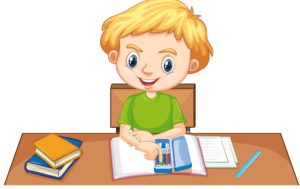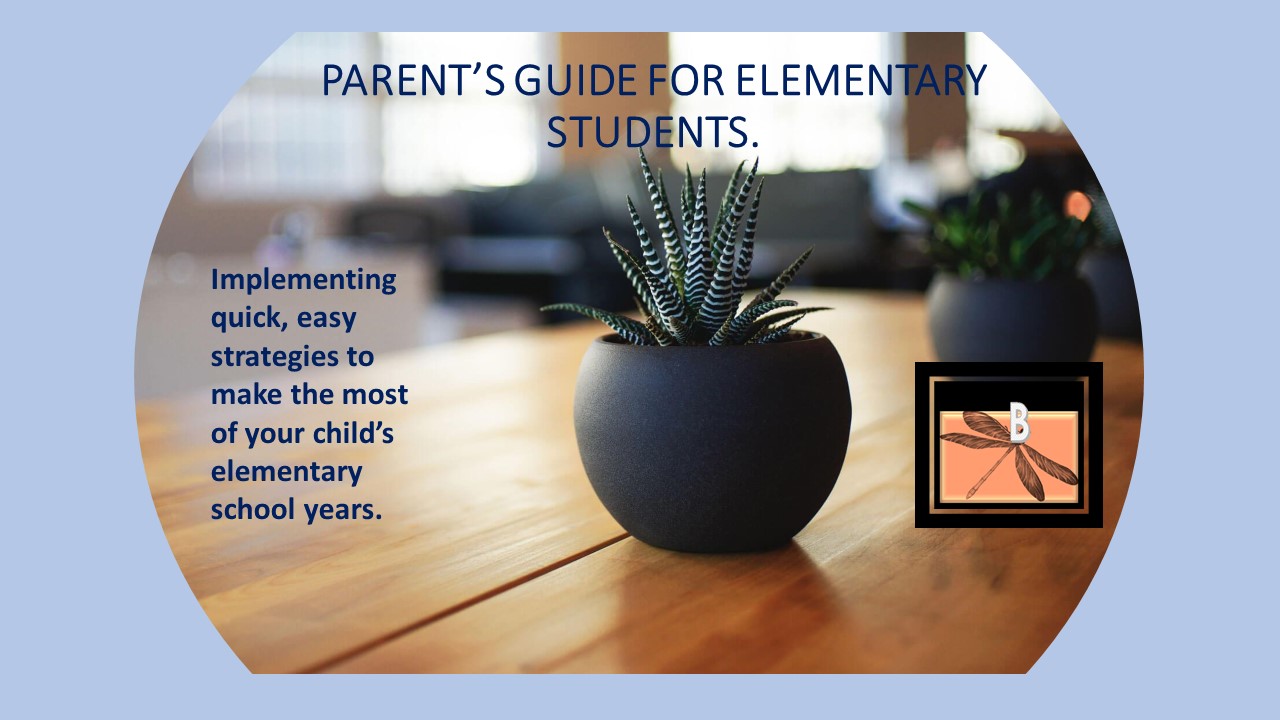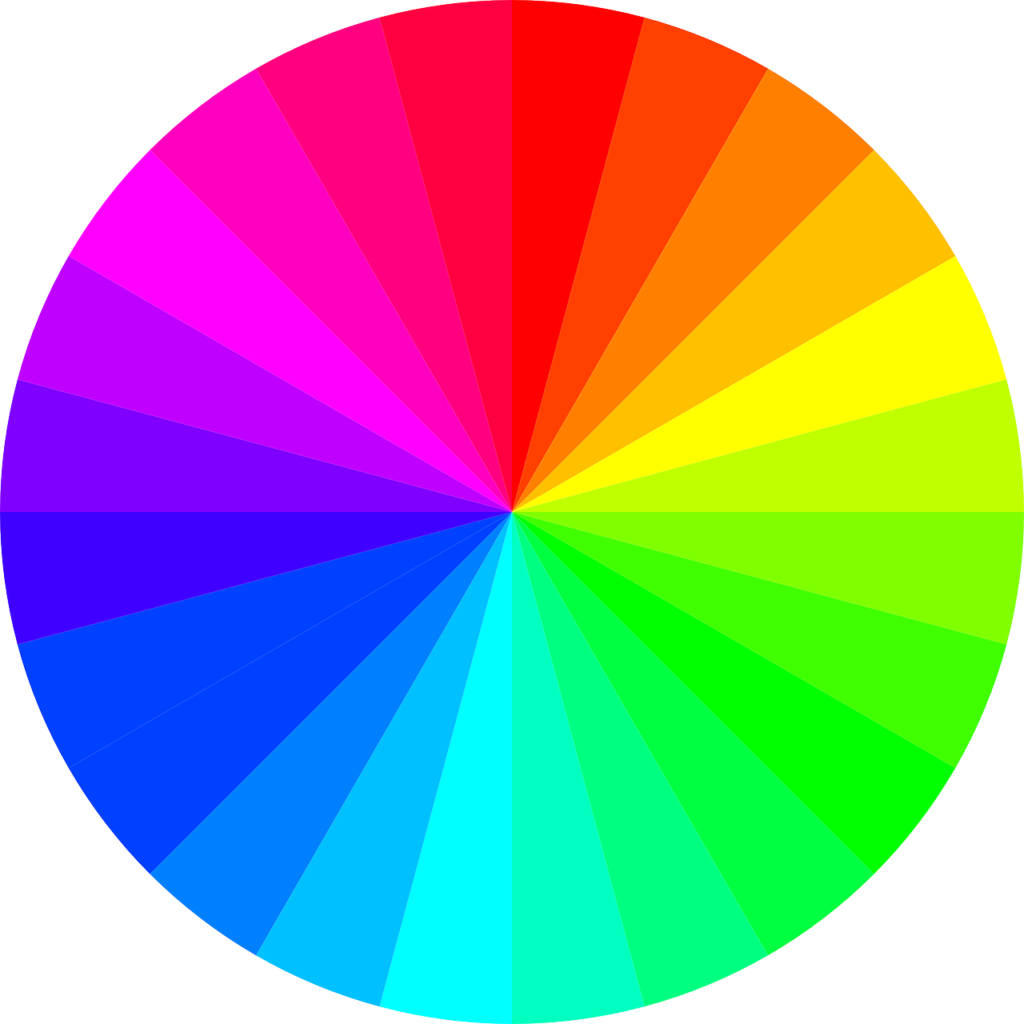
Are you concerned about your child’s penmanship? Do you have to keep reminding them to write carefully and legibly? Do they find it hard to write clearly and neatly? There could be several reasons why a child could be struggling with these fine motor skills. The wrong positioning of the paper, not applying enough pressure, and holding the pencil the wrong way, could be some of the reasons for poor penmanship.
However, one of the most common reasons for poor penmanship is having weak hand muscles. If this is the problem, it could be considerably improved by using a few things at home. Here are some easy ways to tone the hand muscles and improve handwriting. The child will actually have fun doing these things at home. It could be in the form of play or helping you in the kitchen.
Transferring Objects: Take two bowls and fill one with lentils, beads, or anything else you have at home. Let the child transfer objects from one bowl to another. There are three stages. Do not go to the next stage until the previous stage has been mastered.
Stage one would be the whole hand grasp. Let the child pick a fistful of seeds and transfer it to the other bowl.
Stage two would be to use only the five fingers to pick and transfer from one bowl to another.
Stage three would be to use only the three fingers used for holding a pen or pencil. This would involve the middle, pointer, and thumb fingers.
Another variation would be to use a spoon, tongs or any other kitchen tool that requires precision to sort and transfer the objects from bowl to bowl. The size of the object depends on the age of the child.
Shaving Cream: Spray shaving cream on a surface, and let the child make letters, words or draw with their index and pointer fingers.
Kneading: Kneading is a good exercise for toning the hand muscles. Let your child help you in cooking, where kneading is required such as making something with dough. You could also make homemade playdough with flour and water.
Other: Stringing noodles, opening jars of various sorts, drawing, cutting, using spray bottles to water plants, clothespin, etc. are other things a child can do to help strengthen their hand muscles, and improve fine motor skills.
Usually, children love helping in the house. Doing these simple things would build their fine motor skills, improve penmanship, and have a wonderful helper in the making. Just don’t forget to make it fun, and keep it light.


